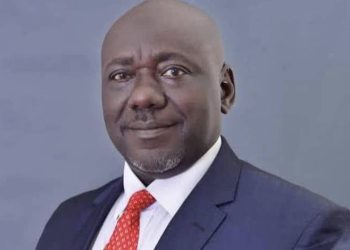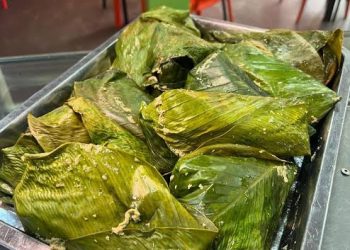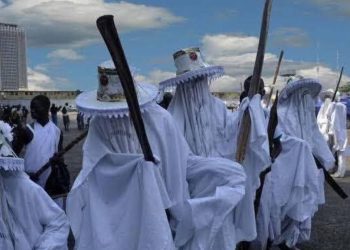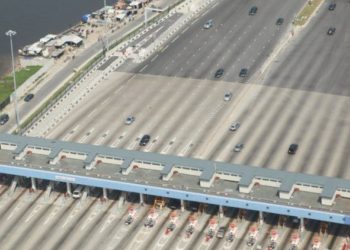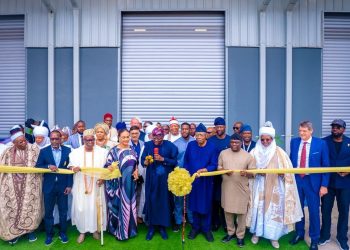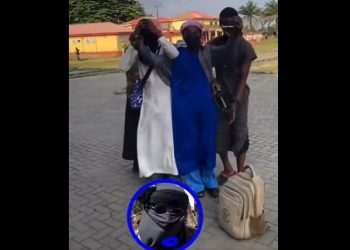Lagos is a bustling and culturally rich metropolis located in the southwestern region of Nigeria. Its beautiful coastline and vibrant lifestyle attract tourists from all over the world.
However, like any other major urban center, Lagos has its fair share of rough neighborhoods. In this blog post, we will delve into the most notorious slums in Lagos, exploring what makes them so unappealing.
Whether you’re planning a trip to this city or just curious about its darker side, continue reading to discover the truth about Lagos’ worst settlements.
The 3 biggest slums in Lagos
- Makoko
- Ajegunle
- Ilaje
What are the three largest slums in Lagos?
Makoko
Makoko is one of the largest slums in Lagos, built on stilts in the Lagos Lagoon. Founded in the late 19th century by immigrants from the Egun ethnic group, Makoko comprises six distinct communities spread across land and water, namely Oko Agbon, Adogbo, Migbewhe, Yanshiwhe, Sogunro, and Apollo.
The community faces severe challenges such as flooding, poor sanitation, and the lack of basic amenities like clean water, healthcare, and proper sanitation facilities.
Makoko, an inner-city waterfront settlement, is located across the third mainland bridge and is estimated to have a population of over 200,000 residents.
Many of the original residents of Makoko are fishermen who were attracted from across the region, hoping for a better life in Nigeria. Life in Makoko revolves around water, with canoes serving as the primary mode of transportation. A large part of the community is built on swampy land.
Some of the residents have lived in Makoko for decades, and some were even born into the lifestyle. However, life within these homes offers little to no protection from harsh weather, and a constant atmosphere of noise and pollution.
The primary language for communication in Makoko is called ‘Egun,’ which is a blend of French and other local languages. Other languages spoken in the community include Yoruba, French, and English.
Ajegunle
Ajegunle, also known as ‘AJ City,’ is one of the high-density slums in Lagos. It has a population of over 500,000 residents from different ethnic groups across Africa.
However, the community lacks basic amenities such as housing, potable water, good medical facilities, good roads, and a drainage system, making life difficult for its residents.
According to research, Ajegunle has a population density of 750, the highest of all slums in Lagos. Ajeromi LGA is known to be a crisis-prone area in Lagos, home to thousands of thugs and poor people.
Despite the economic challenges and overcrowding, Ajegunle is famous for its talents. The community has produced numerous music stars, footballers, and artists, including Daddy Showkey, Baba Fryo, and Daddy Fresh. The gritty streets of AJ City have given birth to legends in the Nigerian entertainment industry.
The neighborhood thrives with its energetic atmosphere, diverse population, and a wealth of local businesses. However, residents still have to navigate downsides like traffic congestion, noise pollution, sanitation issues, and more.
Although Ajegunle is surrounded by lagoons, the water is not suitable for use due to contamination. The cost of living in this area is relatively cheap, but it’s not advisable to live in this part of Lagos due to its many challenges.
Ilaje
Ilaje-Otumara is a riverine community located in Lagos Mainland and is another major slum in Lagos. The sprawling settlement is situated between Akoka and Bariga, directly below the third mainland bridge.
Ilaje is divided into upper and lower classes. The upper class predominantly consists of indigenes while the lower class is categorized by outsiders.
With an estimated population of 900,000 residents, Otumara inhabitants lack basic amenities such as good roads, drainage systems, power supply, healthcare, and schools. Although there are government schools in the area, they are not affordable for the masses.
The presence of residual sewage and refuse around homes causes diseases like malaria, cholera, and typhoid.
Many describe living in Ilaje as living in the ghetto. The area is filled with notorious criminals and touts who disturb the peace and quiet of the neighborhood.
As soon as you step into the settlement, you will immediately see wooden houses constructed on the water of Lagos Lagoon. The environment is incredibly dirty and filled with waste, making it unfit for also the residents living there.
Wrap Up
In conclusion, Lagos is a city of contrasts where wealth and poverty exist side by side. Despite being one of the fastest-growing cities in the world, Lagos is also home to some of the most destitute neighborhoods.
With a large number of its residents living in poverty with limited access to basic amenities.
Living in Lagos slums comes with a lot of challenges, including poor sanitation, overcrowding, and the lack of basic facilities like healthcare and clean water. The three worst slums in Lagos, Makoko, Ajegunle, and Ilaje, are the epitome of these challenges.
The inhabitants of these communities face a day-to-day struggle to survive, with little to no security and a constant atmosphere of pollution. While these communities are rife with challenges, they are also home to some successful individuals in Nigeria.
Nonetheless, the stark contrast between the wealthier parts of Lagos and its slums highlights the need for the government to do more to improve the lives of the residents.


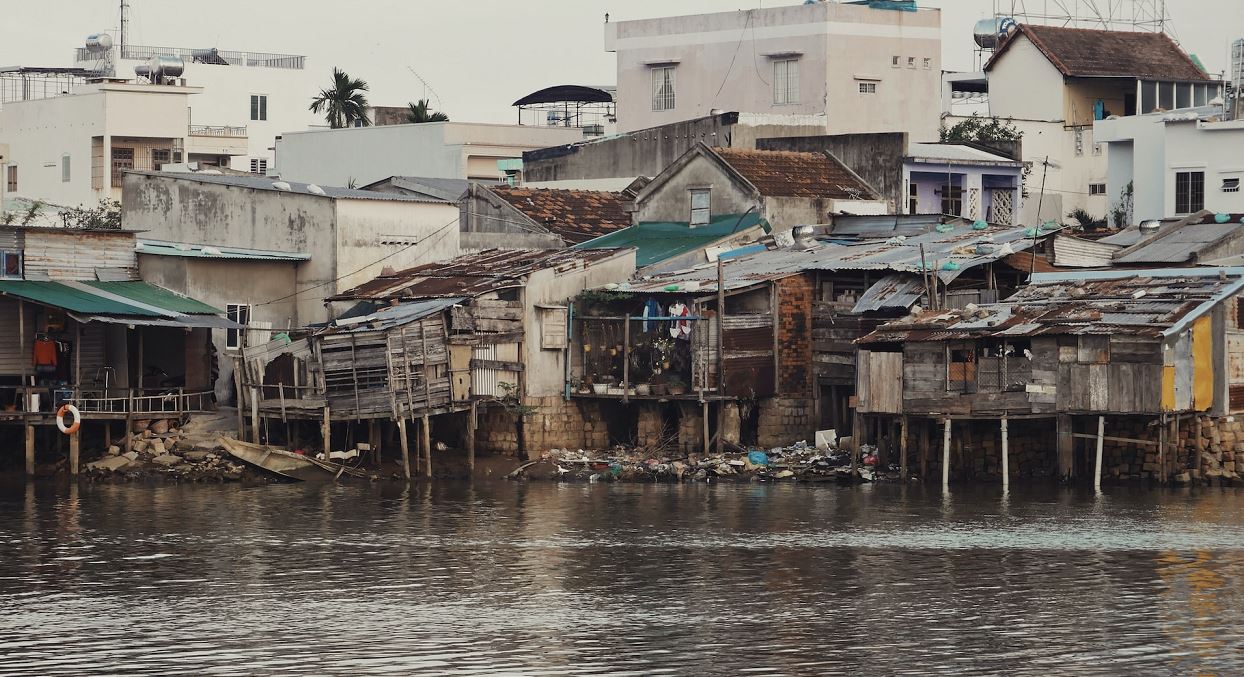
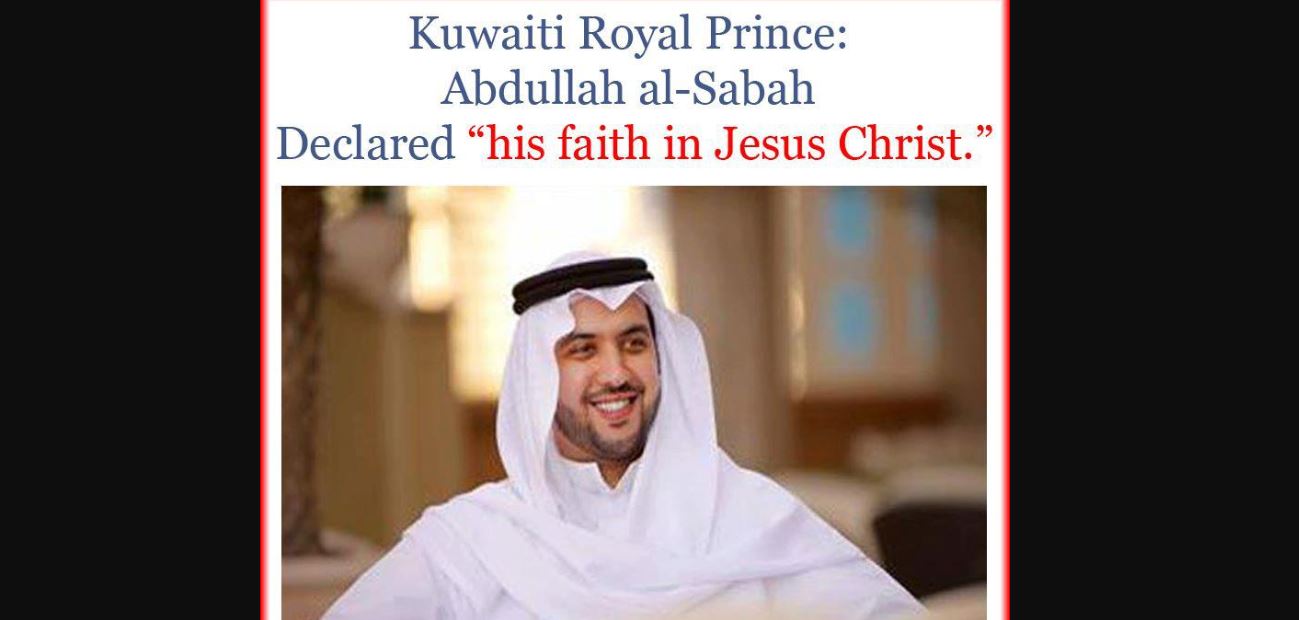

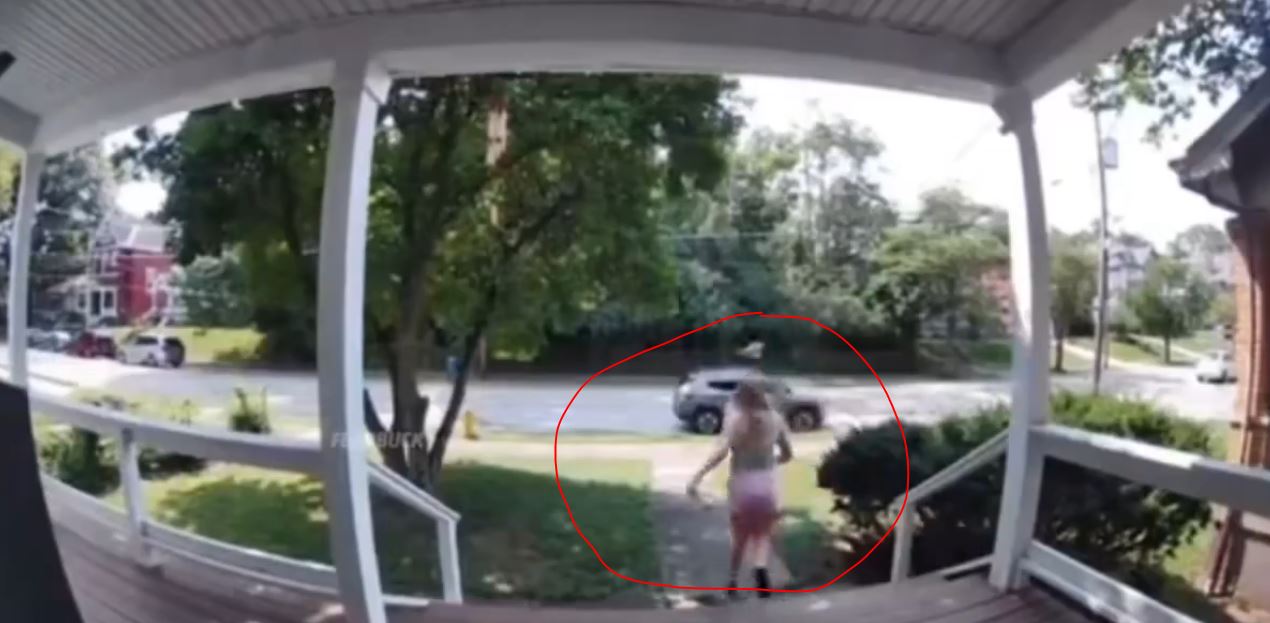
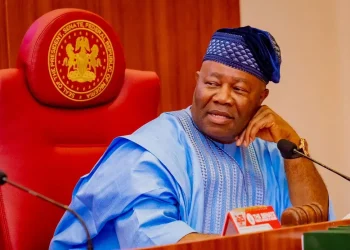
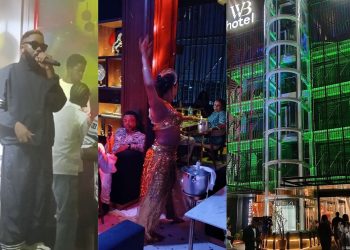
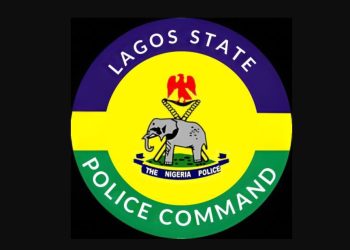




![TikToker Peller Hospitalised After Suicide Attempt Following Breakup With Girlfriend Jarvis [VIDEO]](https://bestlagos.ng/wp-content/uploads/2025/12/Blank-2-Panel-Portraits-Comic-Strip_20251214_173158_0000-350x250.jpg)

![Terrifying Uber Ride: Lady Panics After Discovering Broken Door Lock Mid-Trip [VIDEO]](https://bestlagos.ng/wp-content/uploads/2025/12/White-Modern-Fashion-Trends-Photo-Collage_20251211_085520_0000-350x250.jpg)

